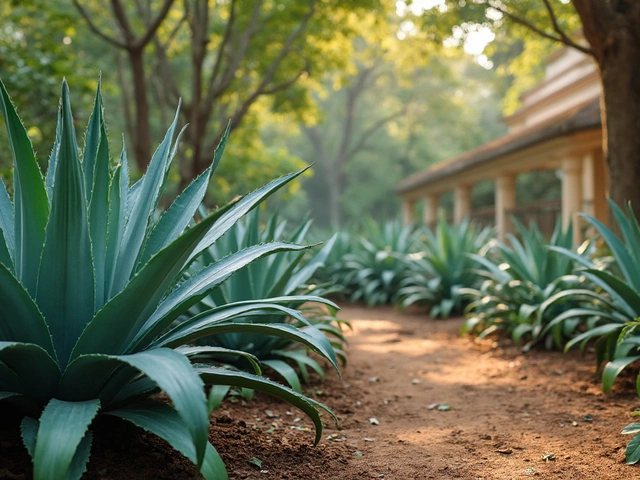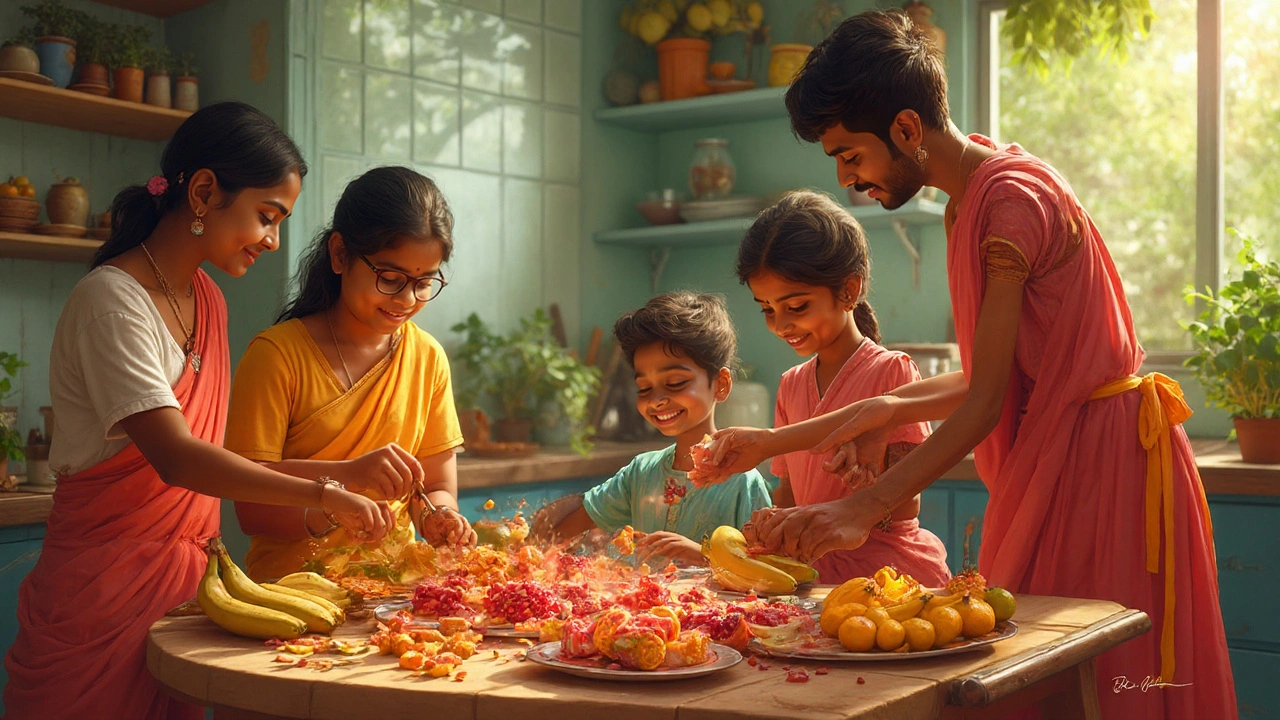Sustainable Eating: Easy Steps for a Greener Plate
Want to enjoy tasty meals while caring for the planet? You don’t need a fancy diet plan or a huge budget. Small changes at home, in the garden, and in the kitchen can make a big impact on water use, waste, and health. Let’s walk through the basics of sustainable eating that fit everyday life in India.
Grow What You Eat
One of the fastest ways to cut your food’s carbon footprint is to grow it yourself. Even a balcony or a small terrace can produce tomatoes, herbs, chilies, or leafy greens. A vertical garden or drip‑irrigated planter uses far less water than a traditional lawn, and the plants stay healthy with minimal effort.
Start with a drip irrigation system – it delivers water right to the roots and avoids waste. A shallow line buried a few inches deep works well for pots and raised beds. Check out our guide on How Deep Should Drip Irrigation Lines Be Buried? for simple installation steps. By watering efficiently, you save hundreds of litres each month and keep your veggies juicier.
If space is tight, try container gardening. Use recycled bottles, old buckets, or bamboo pots. Fill them with a mix of compost, sand, and garden soil to improve texture and drainage. Light‑weight soil lets roots breathe and reduces the need for frequent watering.
Shop Smart, Cook Smart
When you buy groceries, think about seasonality and local sourcing. Indian markets are full of seasonal fruits and vegetables that travel short distances, meaning less fuel and fresher produce. Choose items like mangoes in summer, carrots in winter, and beans during monsoon – they’re cheaper and more nutritious.
Plan meals around a few core ingredients to reduce waste. For example, buy a big bag of lentils, cook a batch, and use leftovers in soups, salads, or spreads. Store cooked grains in airtight containers; they stay fresh for days and prevent you from throwing away unused portions.
Skip single‑use plastic wherever possible. Bring your own cloth bags to the market, use glass jars for storage, and swap plastic wraps for beeswax cloths. Even a small switch like these can cut down the waste you generate each week.
Make the Most of Food Scraps
Scraps aren’t trash – they’re resources. Turn vegetable peels, coffee grounds, and eggshells into compost. A simple pile in a corner of your balcony, covered with a lid, turns kitchen waste into black gold for your garden. Our article Plants That Hate Coffee Grounds explains which plants benefit from coffee residue and which don’t, so you can use it wisely.
Fruit skins can be boiled into natural cleaners or turned into flavored water. Eggshells, crushed, add calcium to soil, improving plant health and reducing the need for chemical fertilizers.
By combining homegrown produce, smart shopping, and waste‑free cooking, you can enjoy delicious meals while shrinking your environmental impact. Sustainable eating isn’t a strict rulebook – it’s a set of habits that grow easier with each bite you take. Start with one or two tweaks today, and watch your plate, your garden, and the planet thank you.
Zero-Waste Fruits: Edible Fruits with No Waste and How to Use Every Part
Discover which fruits produce no waste, how to use every part, expert tips for sustainable eating, and new ways to enjoy fruit peels and seeds you probably throw away.
About
Sustainable Gardening
Latest Posts


Which Ethnicity Consumes the Most Rice Daily?
By Alden Thorne Mar 16, 2025

How to Take Care of Indoor Plants: Simple Tips for Thriving Houseplants
By Alden Thorne Aug 8, 2025

Which Flower Is Most Grown in India? The Top Cultivated Bloom and Why It Dominates
By Alden Thorne Oct 30, 2025

